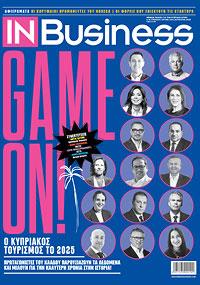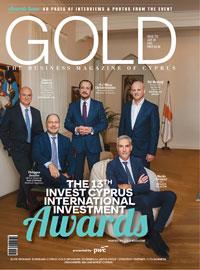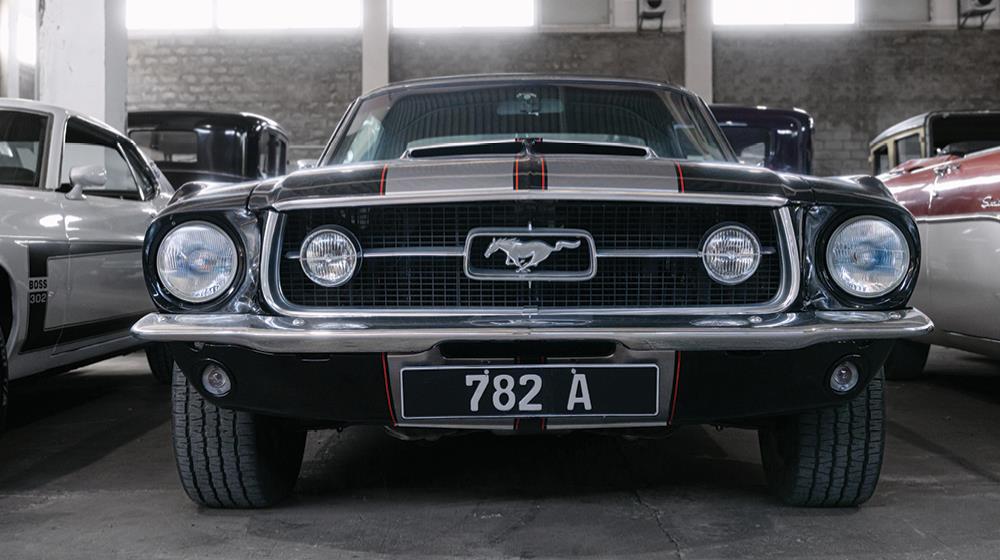Tech entrepreneur Alexey Gubarev’s love of vintage cars has resulted in a 200-strong collection – soon to be housed in a museum. Here, he opens up about what fuels his passion and how collecting mirrors business.
Alexey Gubarev was 19 when he bought his first car – a moment of independence that, for many, begins the slow fade of adolescence into adulthood. That rite of passage has since evolved into one of the largest private collections of vintage cars in Cyprus: 200 vehicles and counting.
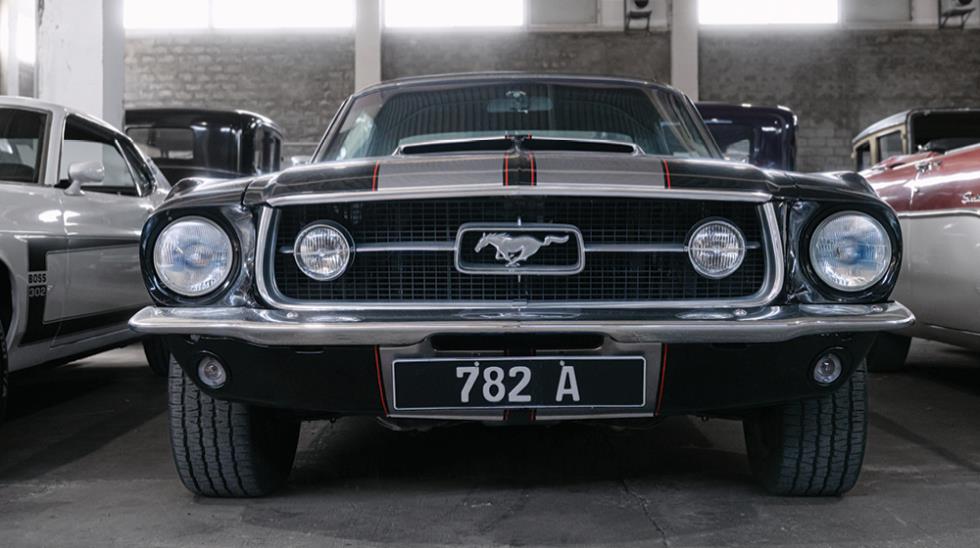
The serious collecting began in 2014, sparked by a lifelong love of driving. He even took part in three races this year, he says, almost as an afterthought. “Initially,” the tech entrepreneur recalls, “I imagined buying a couple of cars each year, nothing too ambitious, as I only had one small warehouse. But over time, I started getting more cars than I had planned. What began as a hobby soon became a full collection.”
Gubarev, a Russian-born entrepreneur and investor, relocated to Cyprus in 2002 – he was just 22 at the time – to establish both a personal and professional base. His first major venture, XBT Holding (Servers.com), launched in 2005, grew into a global hosting and cloud infrastructure company and it was acquired in 2023 by CloudOne Digital for a reported US$200 million. With fellow entrepreneur Yuri Gursky, Limassol-based Gubarev also co-founded Palta, a health and wellbeing company that does more than invest in startups: it becomes their co-founder.
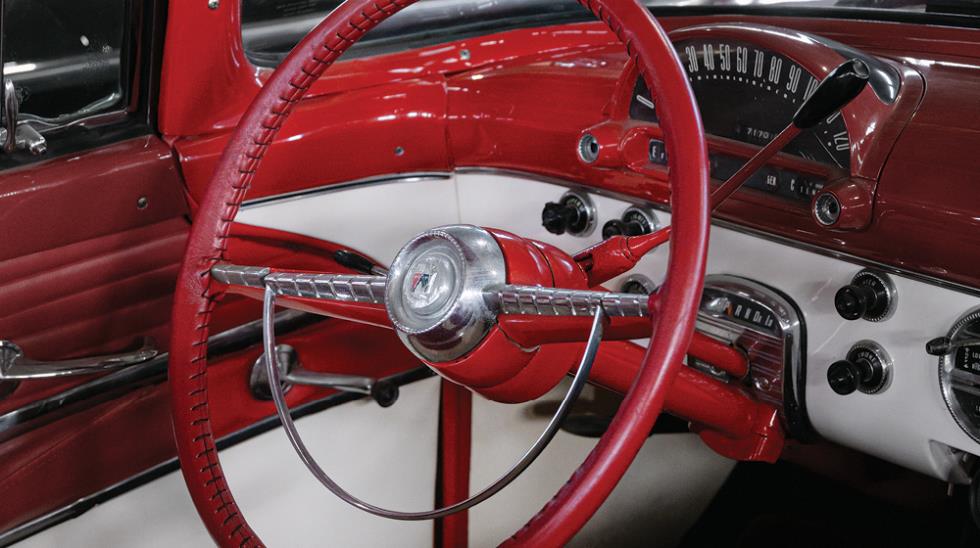
It all started with a 1967 Ford Mustang
The first proper classic he bought was a 1967 Ford Mustang. “It’s every man’s dream, a true icon and a symbol of freedom,” he says. Next came a Ford Mustang Eleanor, just like the one Nicolas Cage’s character Memphis Raines steals in Gone in Sixty Seconds as part of an outlandish ploy to save his brother. After that, his taste grew more eclectic and more historic. “In the early days of the automotive industry, there were more than 100 car manufacturers and over 400 body makers. There were no safety standards or strict regulations, so you could choose almost any design you wanted.” he says.
In contrast, he finds today’s cars just slightly different shades of the same idea – muted, creatively speaking. Gubarev’s collection follows a clear aesthetic: the golden age of automotive design, roughly the 1920s and ’30s, when lines were longer and ambitions grander. “They drew attention back then and they still do now,” he notes. The collection’s real stars are the so-called boat-tail cars, aerodynamic masterpieces with sweeping curves and Art Deco detailing. He owns more than sixty of them. “Few of the companies that made them still exist. Many disappeared decades ago,” he explains. Among the standouts is the Packard Twelve, introduced in 1932 as America’s answer to Rolls-Royce. Even Franklin D. Roosevelt had one. “Its 12-cylinder engine feels amazing to drive. I take it out on special occasions – it feels timeless,” he says.
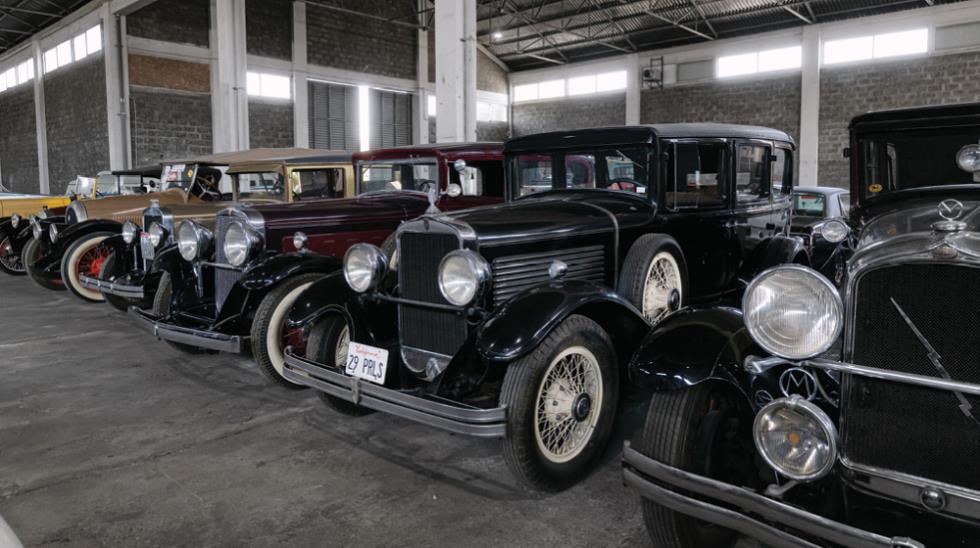
How collecting has influenced Gubarev’s approach to business
As with many collectors, the compulsion isn’t just about the objects themselves but also about how the act of collecting reshapes one’s sense of time, value and judgement. So, has it influenced his approach to business? “Absolutely,” he says. “You learn to be patient. You learn to wait for the right moment. In both business and collecting, you’re always weighing rarity, potential and value. I’ve learned to trust my instincts but not to rush. Not every good opportunity is meant to be taken immediately.”
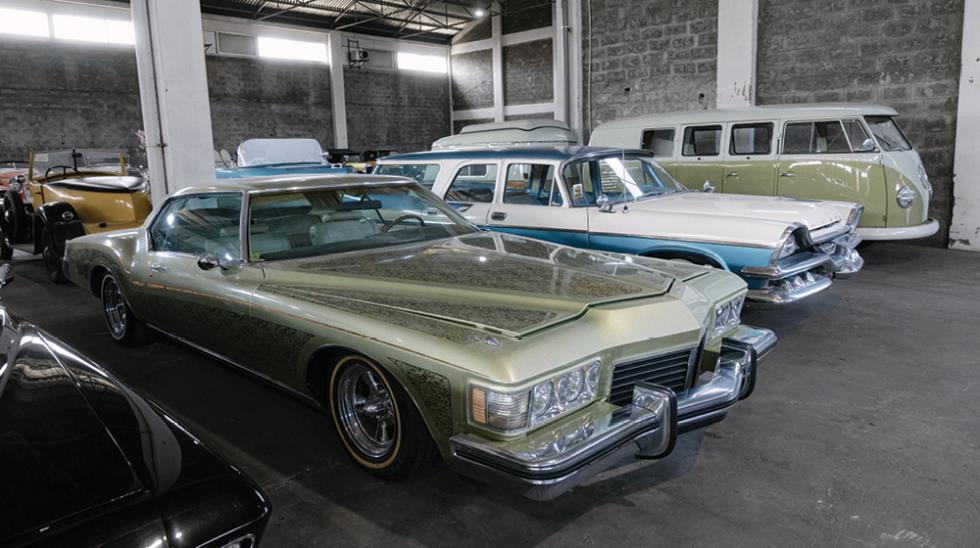
Plans to open 6,000-square-metre car museum in Kyrgyzstan.
Now he’s building a permanent home for the collection, a museum of retro cars in Bishkek, Kyrgyzstan. Scheduled to open in 2026, the 6,000-square-metre space will house around 80 rare and limited-production models from the 1900s to the early 2000s. The collection will also explore American, German, British, French and Soviet car culture, including an exhibition on public transport during the Soviet era.
For those just starting out, particularly younger entrepreneurs drawn to the collector’s mindset, his advice is refreshingly simple: start small, follow your curiosity and buy with passion. “A collection should have meaning,” he says. “It’s not just about ownership.” And in a world moving ever faster, ever slicker, there’s something quietly radical in choosing the analogue, the heavy, the physical. “So much today is digital and fleeting. It’s powerful to own something real, something with weight and a story,” he notes.
- This article first appeared in the 2025 edition of The Cyprus Journal of Wealth Management. Click here to view it. To view the full edition, click here






